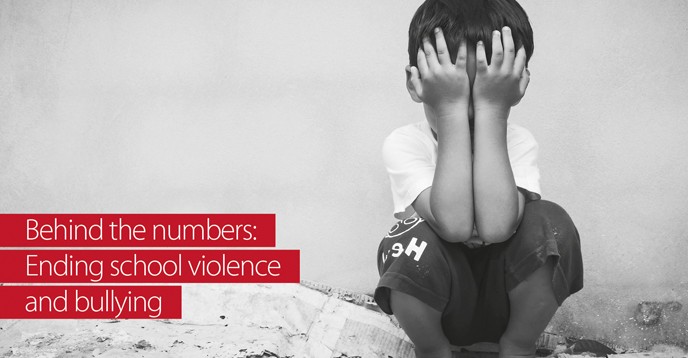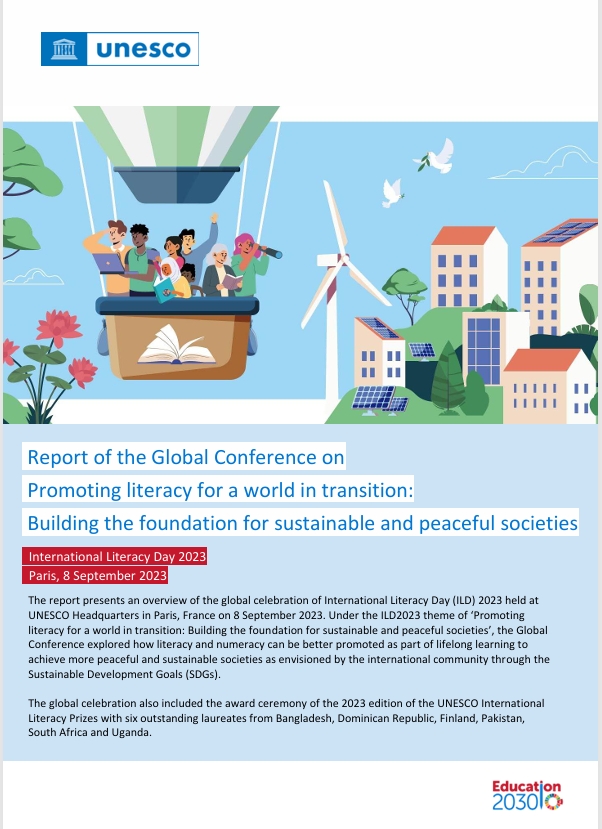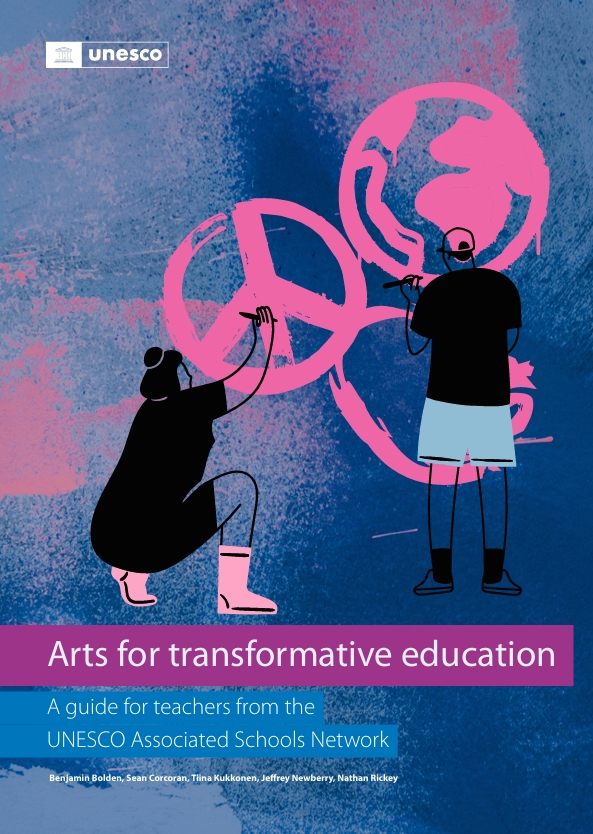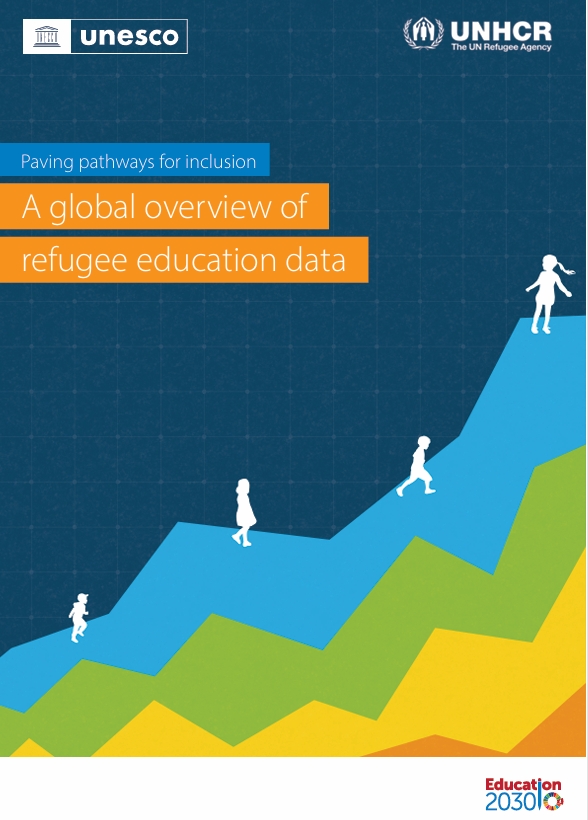Story Source: UNESCO ~ Go to Original Article
A new UNESCO report confirms that school violence and bullying are major problems worldwide. The Behind the numbers: Ending school violence and bullying publication, is being released at the world’s largest gathering of education and skills Ministers, the 2019 Education World Forum taking place in London (UK) today.
It demonstrates that despite the gravity of the problem, some countries have made significant progress towards reducing, or containing, school violence and bullying.
The publication presents the most up to date and comprehensive evidence on school violence and bullying, analyzing global and regional prevalence and trends, the nature and impact of the issue, and successful national responses. It brings together quantitative and qualitative data from a range of global and regional surveys, covering 144 countries and territories in all regions.
Almost one in three students (32%) has been bullied by their peers at school at least once in the last month and a similar proportion are affected by physical violence, according to the publication. Physical bullying is the most frequent type of bullying in many regions, with the exception of North America and Europe, where psychological bullying is most common. Sexual bullying* is the second most common in many regions. School violence and bullying affects both male and female students. Physical bullying is more common among boys, while psychological bullying is more prevalent among girls. Online and mobile phone bullying is also shown to be increasing.
Children who are perceived as different in any way are more likely to be bullied, and physical appearance is the most common cause of bullying. The second most frequent reasons reported by students relate to race, nationality or colour.
Why this matters: Bullying has a significant negative effect on children’s mental health, quality of life and academic achievement. Children who are frequently bullied are nearly three times more likely to feel like an outsider at school and more than twice as likely to miss school as those who are not frequently bullied. They have worse educational outcomes than their peers and are also more likely to leave formal education after finishing secondary school.
There are solutions: A number of measures have been shown to be effective in reducing or maintaining a low prevalence of school violence and bullying:
Bullying has decreased in almost half of the 71 countries and territories studied and a similar proportion of countries has also seen a decrease in physical fights or physical attacks. These countries have a number of successful factors in common, notably a commitment to promoting a safe and positive school climate and classroom environment, effective systems for reporting and monitoring school violence and bullying, evidence-based programmes and interventions, training and support for teachers, support and referral for affected students, student empowerment and participation.
Political leadership and high-level commitment, together with a robust legal and policy framework that addresses violence against children and school violence and bullying, have proved effective in reducing or maintaining a low prevalence of school violence and bullying.
Stefania Giannini, UNESCO’s Assistant Director-General for Education said: “We are greatly encouraged that nearly half of countries with available data have decreased rates of school violence and bullying. This proves that through a combination of strong political leadership and other factors such as training, collaboration, reporting and monitoring, we can alleviate the climate of fear created by school bullying and violence. All children and young people have the right to safe, inclusive and effective learning environments.”
Behind the numbers: Ending school violence and bullying is one of UNESCO’s contributions to the ‘Safe to Learn’ campaign, a new initiative dedicated to ending violence in schools so children are free to learn, thrive and pursue their dreams. The campaign was initially conceived by members of the Global Partnership to End Violence Against Children: UNESCO, UNICEF, UK Department for International Development (DFID) and the United Nations Girls Initiative (UNGEI.)
****
Download the report: https://unesdoc.unesco.org/ark:/48223/pf0000366483






